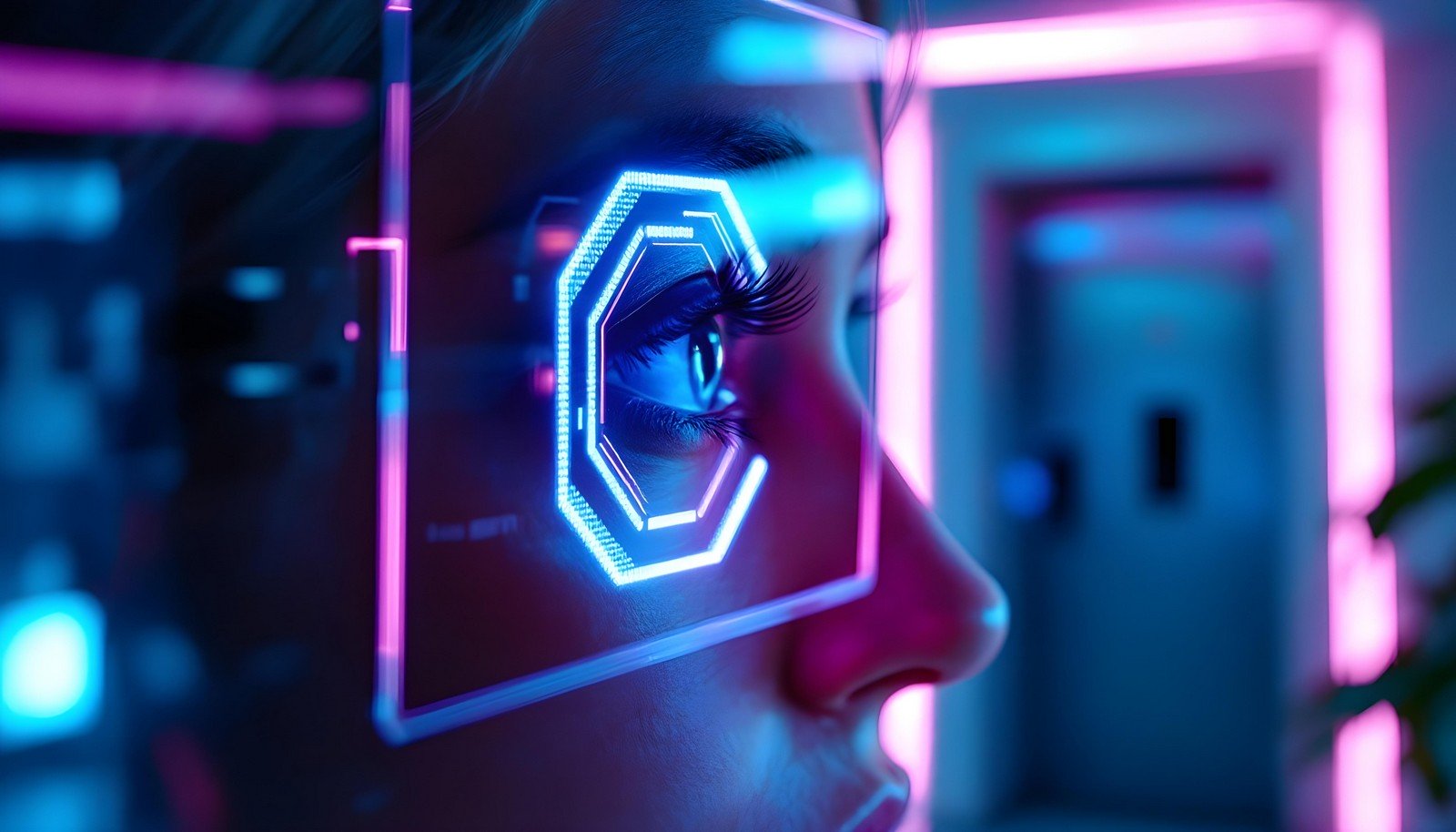Iris Scanner

Quick Navigation:
- Iris Scanner Definition
- Iris Scanner Explained Easy
- Iris Scanner Origin
- Iris Scanner Etymology
- Iris Scanner Usage Trends
- Iris Scanner Usage
- Iris Scanner Examples in Context
- Iris Scanner FAQ
- Iris Scanner Related Words
Iris Scanner Definition
An iris scanner is a biometric identification device that uses pattern recognition techniques based on high-resolution images of the irises of an individual's eyes. The technology identifies unique patterns in the iris, making it a highly secure form of authentication used in areas such as law enforcement, banking, and personal device security. Iris scanners work by capturing an image of the eye, isolating the iris, and converting its patterns into a digital code for matching.
Iris Scanner Explained Easy
Imagine your eyes are like fingerprints—completely unique! An iris scanner looks at the colorful part of your eye (the iris) and takes a super-detailed picture. It then uses that picture to check who you are, like a really fancy key.
Iris Scanner Origin
The concept of iris recognition was introduced in 1936 by ophthalmologist Frank Burch. However, practical implementations of iris scanning technology only became possible in the 1980s and 1990s with advancements in computing power and imaging technology.
Iris Scanner Etymology
The term “iris scanner” derives from “iris,” which refers to the colored ring of the eye, and “scanner,” indicating a device that scans and processes patterns.
Iris Scanner Usage Trends
Iris scanners have seen increasing adoption due to their precision and security. In recent years, they've been implemented in airports for secure border control, smartphones for personal authentication, and even in banking for access to sensitive information. With the rise of AI, these scanners are becoming more sophisticated, enhancing speed and reliability.
Iris Scanner Usage
- Formal/Technical Tagging:
- Biometrics
- Security
- Authentication - Typical Collocations:
- "iris scanner technology"
- "biometric iris recognition"
- "iris scan security"
- "high-resolution iris imaging"
Iris Scanner Examples in Context
- An iris scanner in a smartphone unlocks the device by verifying the user’s identity.
- Airports use iris scanners for fast and secure passenger clearance.
- Banking systems employ iris scanners to authenticate high-value transactions.
Iris Scanner FAQ
- What is an iris scanner?
An iris scanner is a device that uses patterns in the iris of the eye for biometric authentication. - How does an iris scanner work?
It captures an image of the eye, analyzes the unique patterns in the iris, and matches them against stored data. - Are iris scanners safe?
Yes, they are non-invasive and use harmless infrared light for imaging. - What are the advantages of iris scanners?
They provide high accuracy, speed, and security in identity verification. - Can an iris scanner work with glasses?
Most modern iris scanners can work through glasses, though extremely reflective lenses might pose challenges. - Where are iris scanners used?
Commonly in smartphones, airports, banking systems, and secure government facilities. - Are iris scanners more secure than fingerprints?
Yes, since the patterns in the iris are more complex and harder to replicate. - Can iris scanners be fooled?
Advanced iris scanners include anti-spoofing measures to prevent misuse. - Do iris scanners work in the dark?
Yes, they use infrared light, which does not depend on visible lighting conditions. - Are iris scanners affected by eye surgery?
Minor surgeries typically don’t affect scanning, but major changes to the iris structure might.
Iris Scanner Related Words
- Categories/Topics:
- Biometrics
- Authentication
- Cybersecurity
Did you know?
In 2015, India’s Aadhaar program, the world’s largest biometric ID system, adopted iris scanning for over a billion people, enabling secure identity verification for government services and subsidies.
PicDictionary.com is an online dictionary in pictures. If you have questions or suggestions, please reach out to us on WhatsApp or Twitter.Authors | Arjun Vishnu | @ArjunAndVishnu

I am Vishnu. I like AI, Linux, Single Board Computers, and Cloud Computing. I create the web & video content, and I also write for popular websites.
My younger brother, Arjun handles image & video editing. Together, we run a YouTube Channel that's focused on reviewing gadgets and explaining technology.



Comments powered by CComment